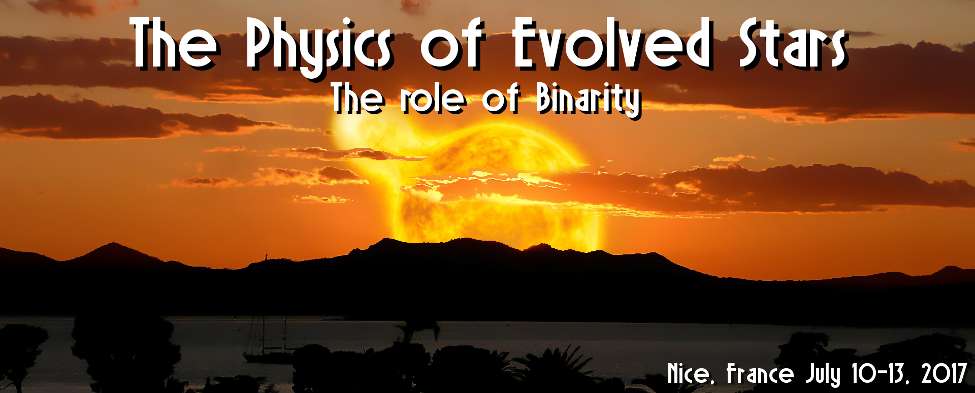The formation of massive stars remains one of the most intriguing questions in astrophysics today. The main limitations result from the difficulty to obtain direct observational constraints on the formation process itself. Several formation theories have been proposed such as stellar collisions, merging, competitive accretion and monolithic collapse amongst others. In this context, the Carina High-contrast Imaging Project of massive Stars (CHIPS) aims to observe all 80+ O stars in the Carina nebula using the new VLT 2nd-generation extreme-AO instrument SPHERE. This instrument offers unprecedented imaging contrast allowing us to detect the faintest companions around massive stars. These novel observational constraints will help to discriminate between the different formation scenarios. Using a state-of-the-art code named VIP, we are able to analyse these faint companions and obtain crucial information in order to characterise them. Here, we present the first results of the ongoing observational campaign.

|
|
|
|
Extreme AO of Massive Stars: Searching for faint companions using VLTI/SPHERE for the CHIPS project
2 : Dept. d'Astrophysique, Géophysique et Océanographie
(ULg)
-
Website
Université de Liège
bât. B5c
17 allée du Six Août
B-4000 Sart-Tilman -
Belgium
3 : Département d'astrophysique, Géophysique et Océanographie
(AGO)
-
Website
17 Allée du 6 Août 4000 Sart-Tilman -
Belgium
4 : Institut de Planétologie et d'Astrophysique de Grenoble
(IPAG)
-
Website
OSUG, Université Joseph Fourier - Grenoble I, INSU, CNRS : UMR5274
414, Rue de la Piscine BP 53 38041 Grenoble Cedex 9 -
France
6 : Florida Institute of Technology
8 : Laboratoire d'études spatiales et d'instrumentation en astrophysique
(LESIA)
-
Website
Université Pierre et Marie Curie (UPMC) - Paris VI, Observatoire de Paris, CNRS : UMR8109, Université Paris VII - Paris Diderot
5, place Jules Janssen 92190 MEUDON -
France
9 : Space Telescope Science Institute
10 : Deutsches SOFIA Institut
(DSI)
-
Website
Univ. Stuttgart, Pfaffenwaldring 29, D-70569 Stuttgart -
Germany
|
| Online user: 1 | RSS Feed |

|
 PDF version
PDF version